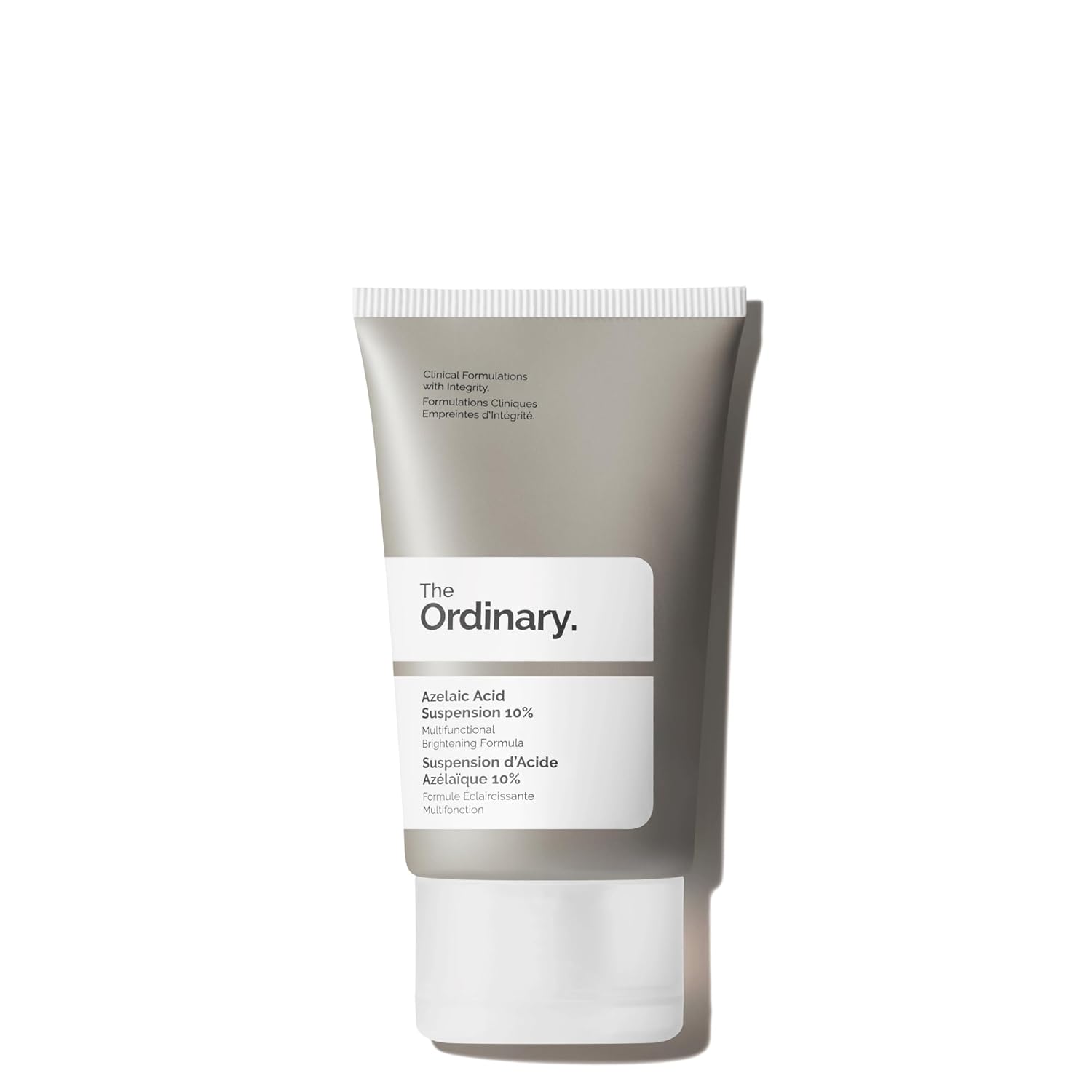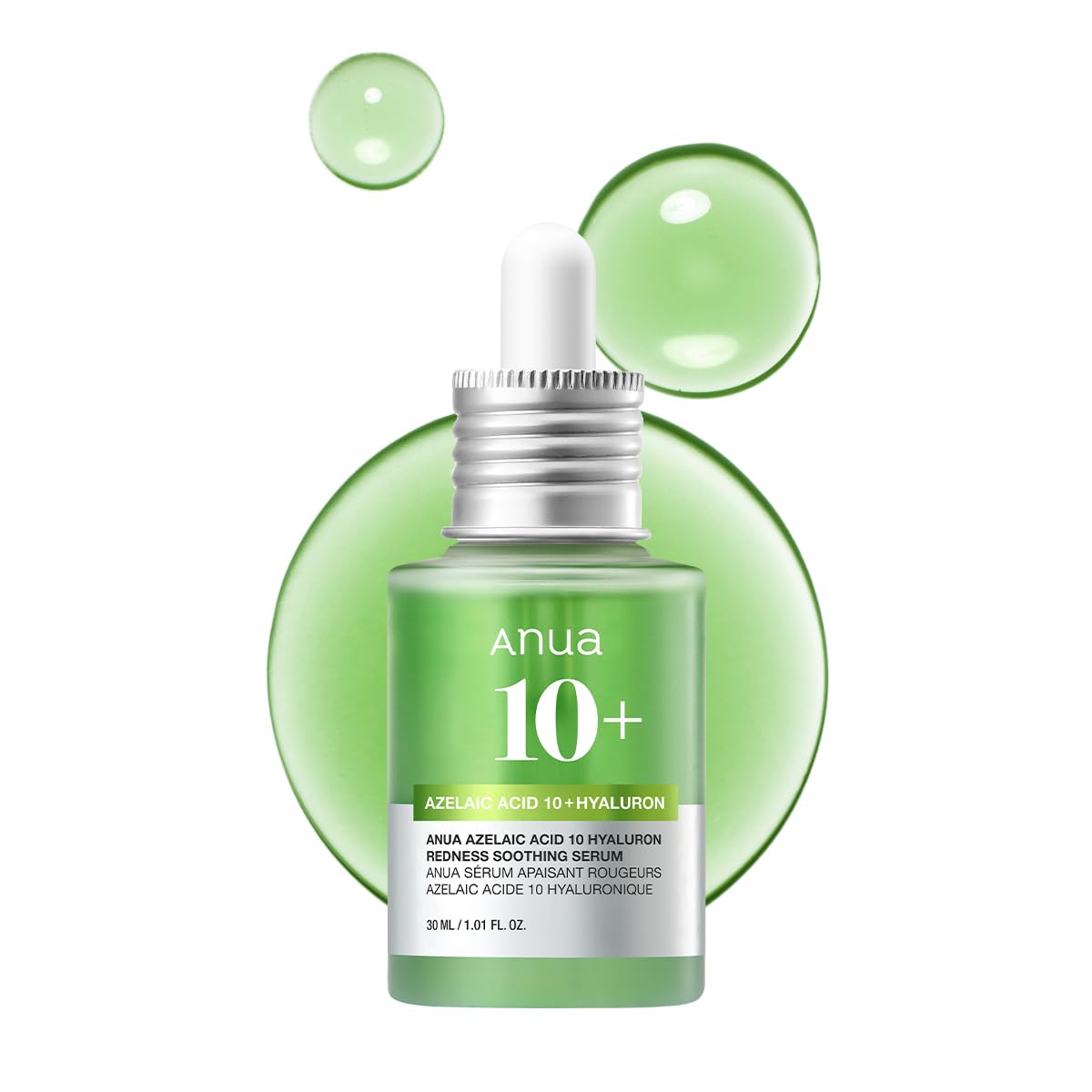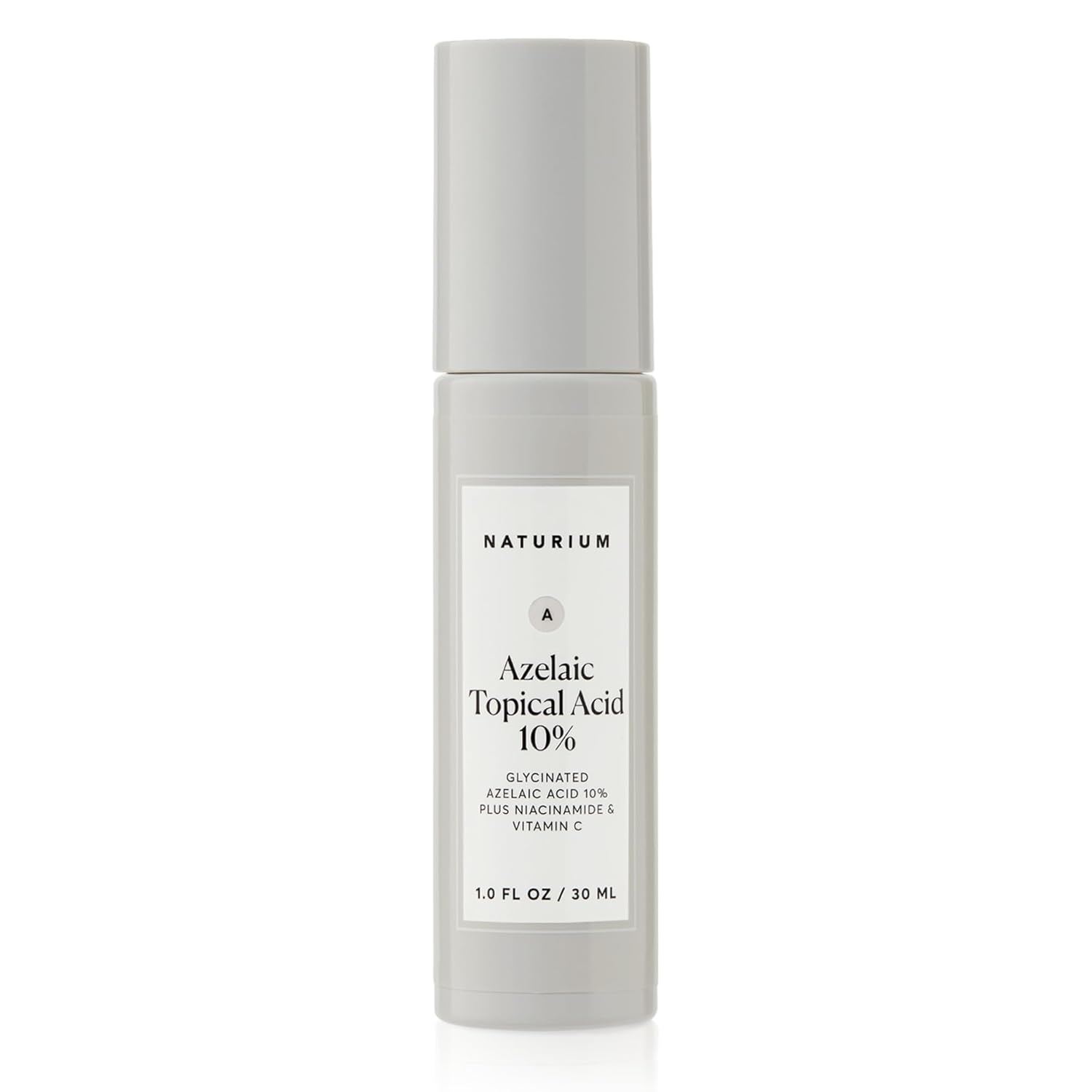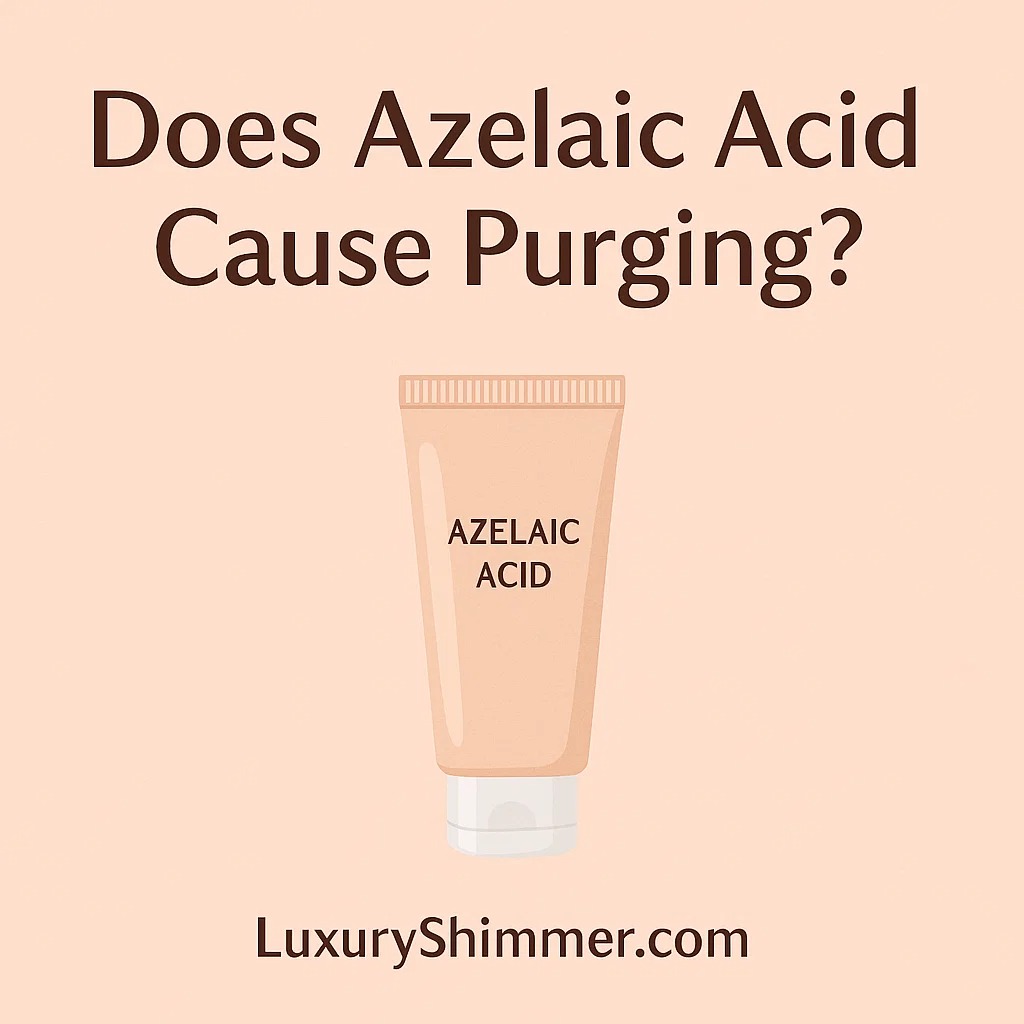I'm a participant in the Amazon Services LLC Associates Program, an affiliate advertising program designed to provide a means for me to earn fees by linking to Amazon.com and affiliated sites.
If you’ve just started using azelaic acid and suddenly notice more breakouts, you might be wondering: is this a purge or just irritation? The answer is a little more nuanced than a simple yes or no — but knowing the difference can save you a lot of stress (and keep you from giving up on a product that could actually help your skin). So, does azelaic acid cause purging? You’ll know soon.
| Feature | The Ordinary Azelaic Acid | Anua Azelaic Acid |
|---|---|---|
 |  | |
| Best for | Budget skincare lovers | Sensitive / redness-prone skin |
| Formula | 10% azelaic acid suspension | 10% azelaic acid + hyaluronic acid + calming botanicals |
| Texture | Creamy, slightly gritty | Lightweight, watery serum |
| Irritation Risk | Higher (minimal support ingredients) | Lower (hydration + soothing built-in) |
| Daily Use Comfort | Functional but not luxurious | Hydrating, comfortable, easy to layer |
| Price |
What Purging Really Means
“Purging” is when a skincare ingredient speeds up cell turnover, pushing out clogged pores faster than usual. This process can bring hidden breakouts to the surface. Retinoids and strong exfoliating acids (like glycolic or salicylic acid) are famous for causing purging.
During a purge, you’ll typically see:
- Breakouts in areas you already get acne.
- A flare-up that lasts 4–6 weeks before things improve.
- Pimples that look like your usual acne pattern (not a brand-new rash).
Does Azelaic Acid Cause Purging?
Here’s the good news: azelaic acid is less likely to cause purging compared to heavy-duty exfoliants. It’s considered a gentle dicarboxylic acid with anti-inflammatory, antibacterial, and skin-brightening properties.
- It does lightly speed up skin renewal, so in rare cases, you might see a purge.
- But for most people, azelaic acid works more like a calm “skin corrector” — targeting redness, post-acne marks, and texture — rather than an aggressive exfoliant that forces breakouts to the surface.
👉 In short: yes, it can cause purging, but it’s uncommon and usually milder than with retinoids or stronger acids.
How to Tell If It’s Purging or Irritation
It’s easy to confuse purging with irritation, but they’re not the same thing.
Signs of Purging:
- Breakouts happen where you normally get acne.
- They improve within a month or so.
- Skin feels a bit unsettled, but not burning or raw.
Signs of Irritation:
- Breakouts or bumps appear in new areas.
- Redness, stinging, or itching that worsens over time.
- Dry, flaky patches around your nose, chin, or cheeks.
👉 If it feels like your skin barrier is screaming, it’s not purging — it’s irritation.
| Feature | The Ordinary Azelaic Acid | Naturium Azelaic Acid |
|---|---|---|
 |  | |
| Best for | Budget skincare lovers | Skincare enthusiasts who want elegance + extras |
| Formula | 10% azelaic acid suspension | 10% azelaic acid emulsion + niacinamide + hydrators |
| Texture | Thick, sometimes gritty | Creamy, lightweight emulsion |
| Irritation Risk | Higher (minimal soothing) | Lower (built-in hydration + niacinamide) |
| Daily Use Comfort | Functional but not enjoyable | Smooth, elegant, easy layering |
| Price |
How to Minimize Purging with Azelaic Acid
- Start slow: Use it a few times a week before going daily.
- Layer smart: Pair with a gentle cleanser and moisturizer.
- Avoid overloading: Don’t mix with too many new actives at once.
- Be patient: If it’s a purge, it should clear within 4–6 weeks.
If irritation doesn’t improve after a month, it’s worth reevaluating with a dermatologist.
FAQs
Q: Can azelaic acid make acne worse before it gets better?
Yes, but it’s rare. If it does, the flare is usually temporary and settles within weeks.
Q: How long does purging last with azelaic acid?
If it happens, expect around 4–6 weeks. Anything longer could mean irritation, not purging.
Q: Should I stop using azelaic acid if I break out?
Not right away. If breakouts are in your usual spots and mild, give it a few weeks. If they’re severe or in new areas, pause and reassess.
Q: Can azelaic acid be used with retinoids or exfoliants?
Yes, but it’s best to stagger them. For example, retinoid at night and azelaic acid in the morning — or alternating days.
Q: Is azelaic acid good for sensitive or rosacea-prone skin?
Absolutely. In fact, dermatologists often recommend it for rosacea because it calms redness and reduces inflammation without harshness.
Bottom Line
So, does azelaic acid cause purging? Sometimes — but it’s rare and usually mild. For most people, azelaic acid is a gentle multitasker that calms redness, fades marks, and smooths skin without the dreaded purge.
If your skin feels irritated instead of just breaking out in your usual spots, it’s probably not purging. And as always, patience and consistency are key — azelaic acid is a slow and steady worker, but the results are worth it.
Other Interesting Articles
- OneSkin vs Medik8: Longevity Peptide or Retinal Powerhouse?
- OneSkin vs Augustinus Bader: Is Skin Longevity Better Than Stem Cells?
- OneSkin vs SkinCeuticals: Which Anti-Aging Brand Actually Works?
- OneSkin vs Alastin: Which Skincare Powerhouse Boosts Your Skincare Routine?
About the Author
LuxuryShimmer breaks down skincare science in plain English, mixing expert insight with beauty-magazine flair. From trendy actives to timeless essentials, we help you figure out what’s hype — and what’s holy grail.
